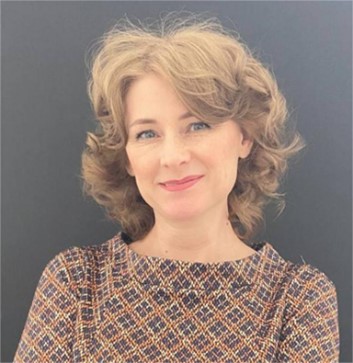Pedagogical approaches to the formation of patriotic identity among university students
DOI 10.51955/2312-1327_2025_4_200
Abstract. The paper presents the results of a theoretical study devoted to determining the key aspects of the development of patriotic identity among university students. Theoretical analysis and synthesis, axiomatic and inductive methods are used as methods of analyzing scientific literature. It is shown that the result of patriotic education should be a patriotic person with a patriotic identity, an integrative personality quality that includes a system of knowledge in the field of patriotic issues, patriotic feelings, qualities, attitudes and behavior. A person’s patriotic identity is formed in the process of identifying oneself with an ideal model, the image of a patriotic person, and acts as a guideline for professional, social, family, and personal life activities for building a young person’s life strategy aimed at serving the Fatherland to ensure national security and sustainable development of the country. It is proved that the achievement of these results can be ensured when the educational activities of the teacher / educator and the activities of the educatee are organized in accordance with the structure and content of the psychological processes of interiorization and exteriorization, which requires a revision of approaches to patriotic education in the higher education system.
Keywords: patriotism, patriot, patriotic education, patriotic identity, image of a patriotic person, patriotic worldview, patriotic feelings, patriotic qualities, patriotic attitude, patriotic behavior.
Download article in PDF 390.6 kB



